Blouses, sweaters, tops. These three categories gave me plenty to pair with dressier slacks and more casual pants. I took along one solid black, jewel neck embroidered cotton sweater and two cotton cardigan sweaters which I always wear fully buttoned to use as dressy tops. They were perfect for three of the days in Paris. I had two cashmere/cotton blend pullover collared sweaters which were equally perfect for more casual days and a few more versatile pullovers. Then I had blouses. I love blouses. I decided I needed a new silk blouse to take to Paris with me.
I saw this Italian silk twill on the website for Britex Fabrics:
It appealed to my love of geometrics, and additionally I thought it was just so classy looking. So I bought it and proceeded to make a blouse.
For a twill, it frayed a bit more than expected, but the weight was lovely. I tweaked my go-to blouse pattern once again for this blouse. I eliminated the back box pleat below the yoke which I have added in previous makes. I wanted a more streamlined appearance and less bulk to tuck in. To that end I also added very slim front vertical bust darts.

I also shortened the hem by one inch and squared it off with slits at the side seams.
What to do for BUTTONS!? I had selected 3 varieties from which to choose – all from my collection assembled over the past umpteen years.

Usually, a winner is clear to me, but this time I needed some assistance. So, I asked my sewing friend, Debra, for her input, which was a brilliant move on my part. How wonderful to have confirmation from her trained eye that the buttons I was leaning toward were her choice as well. Her decisiveness was quick and instinctive.
The only problem was they were already on a blouse which I made years ago. No problem, I just took them off that bouse, with a promise to find replacements at some point. The other sweet thing about these black cube buttons – and I digress here – is that I was with my daughter, Susanna, when I purchased them. We have wonderful memories of that day long ago, spent together at a vintage textile show in New England. So from the fields of Massachusetts to the streets of Paris, these vintage Bakelite buttons continue to add layers to their history.

I thought it would be a good idea to have a “fancier” blouse along on the trip. It was already in my closet, having been sewn a number of years ago. It continues to be one of my favorite makes ever, although I do not get the opportunity to wear it very often.
I wasn’t sure when I would wear it, but somehow I knew I would find the perfect day and time. By Friday morning of the trip, I had decided to wear it that evening to our Gala Dinner, with dressy black slacks. I had brought along specific jewelry to pair with it, and I was quite confident I would look well attired for that special night. And then… as luck would have it, one of our stops that day was to a scarf store in Paris. Susan had expressed her great admiration for this store and their goods, so we were all looking forward to our time there.
Truth be told, I could have easily purchased three or four scarves that afternoon. The selection was wide-ranging, both in design and fabric. But there was one scarf I knew would go home with me.
The funny thing is, when I purchased it, I was not thinking about the blouse I planned to wear that evening. But when I got back to my hotel room, I realized what a great duo they would make. As the evening was a bit chilly, and we had a short walk to the restaurant, having this cashmere blend scarf wrapped around my shoulders was the perfect addition.
It was a fun evening, and I felt perfectly attired! Of course, from now on, I shall refer to this scarf as my Paris wrap.
At this point you may be wondering if I actually wore a dress while on my trip. As a matter of fact, yes, I did. Our instructions were to be dressily attired the evening we attended the Ballet at the Palais Garnier. I decided to take along this dress which was ready for another outing.
It is dressy and comfortable, but the best thing about it is – it pairs well with my pink coat, forever a favorite.
I was determined to take this lightweight Spring wool coat to Paris. I made it from vintage Lesur wool made in France and for some reason, I just had my heart set on wearing it in Paris. The weather wasn’t all that cooperative as it was a bit warm for a wool coat. That did not deter me. I donned it anyway, and that’s the end of the story!
However, there is more to come, as I will share a bit about other parts of the trip next time.
















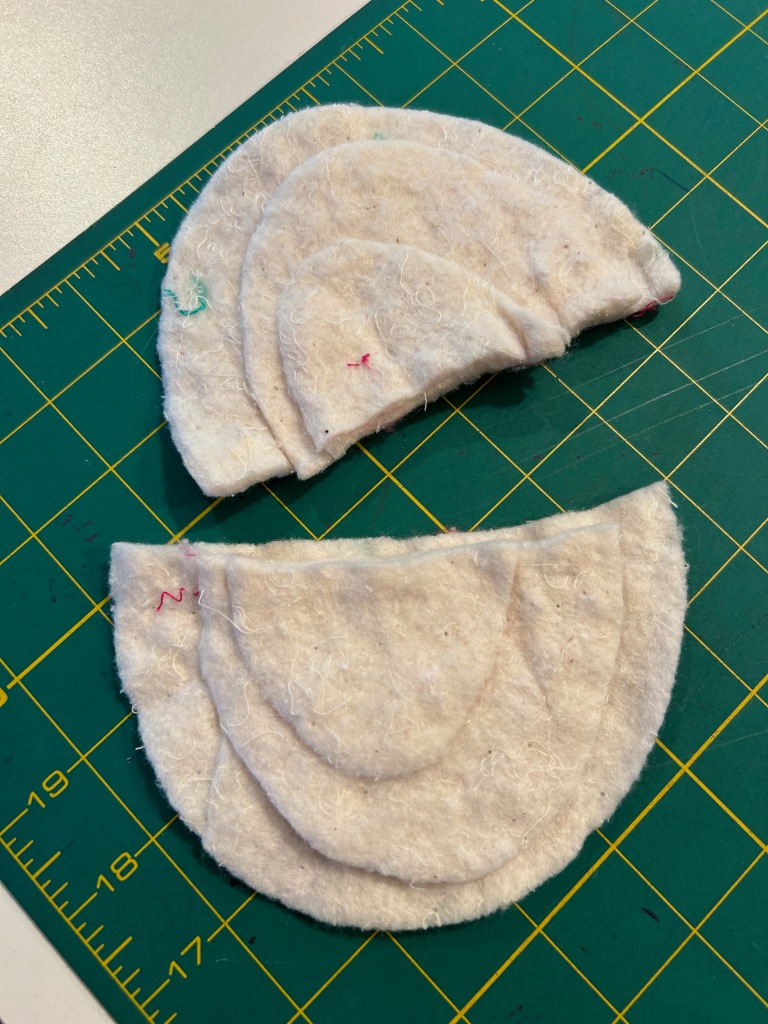

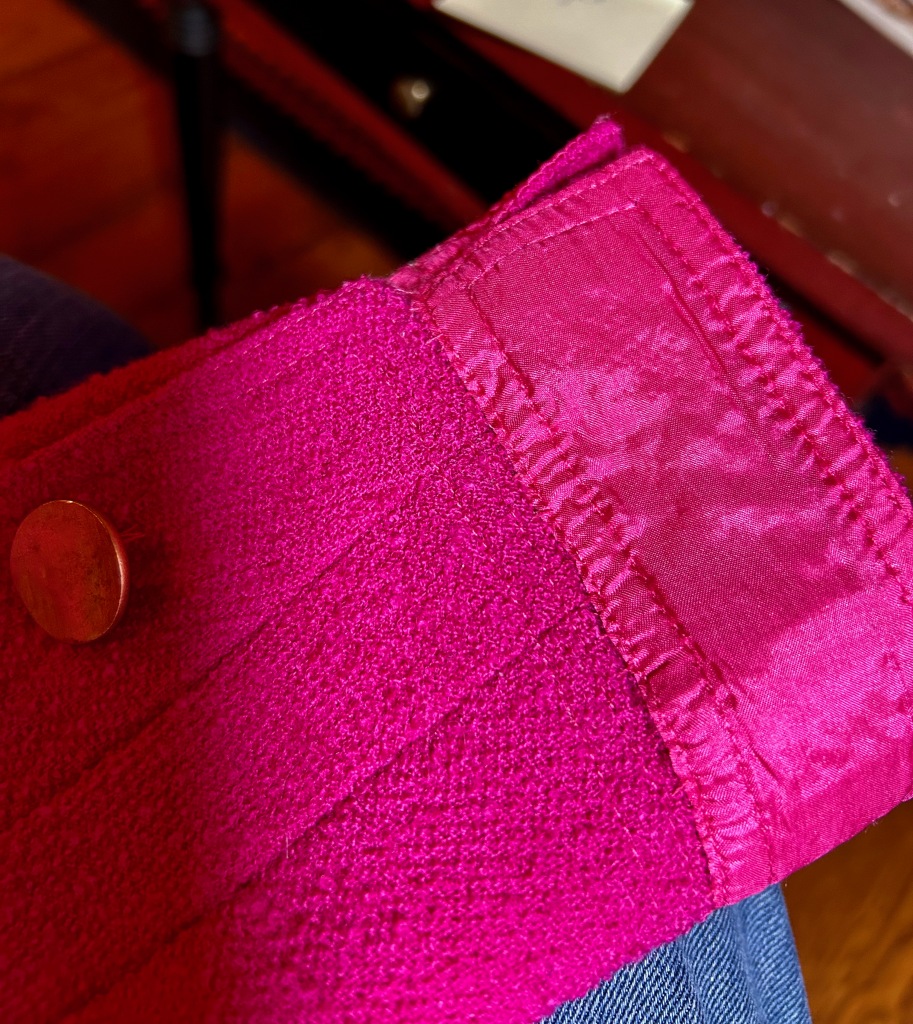

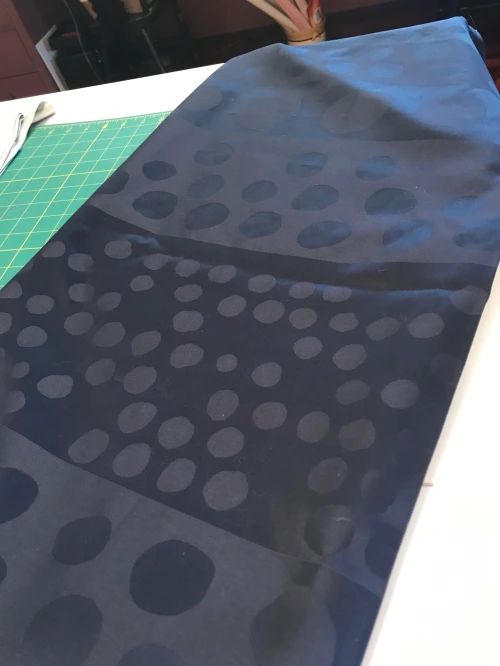








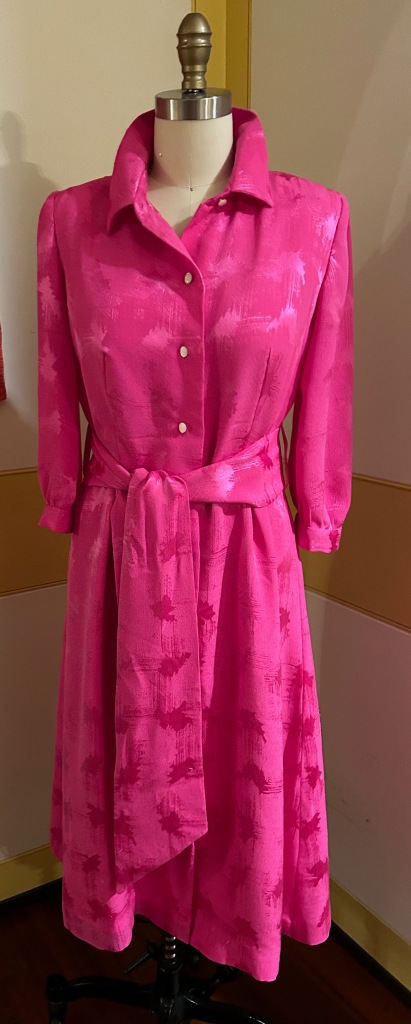

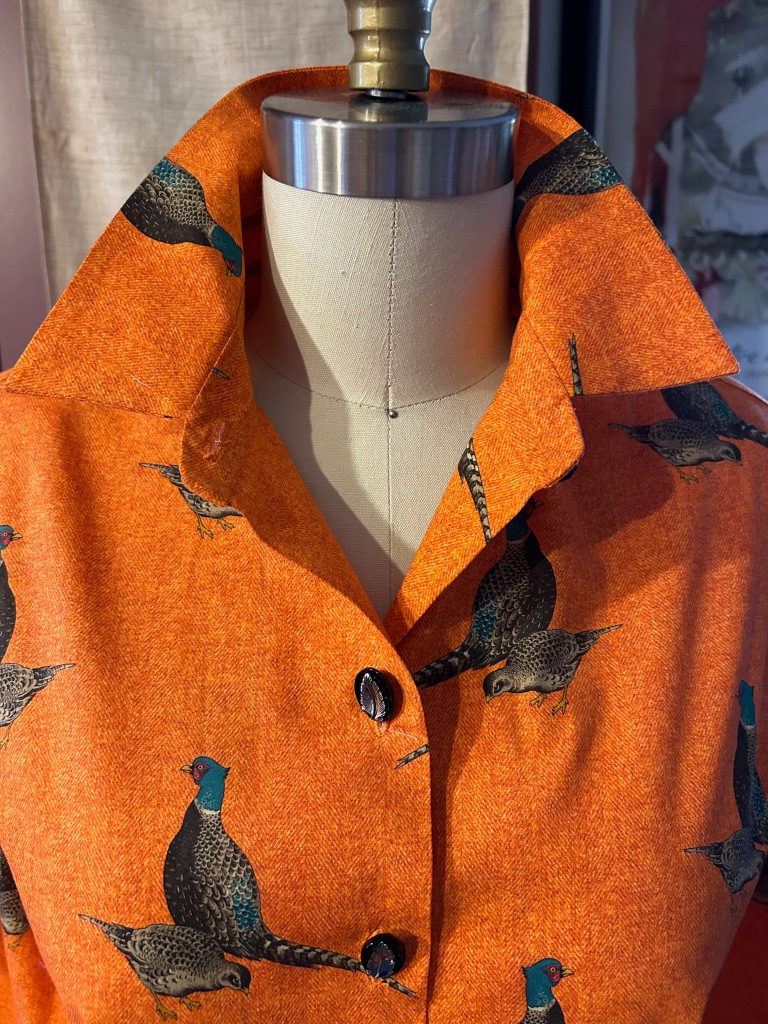







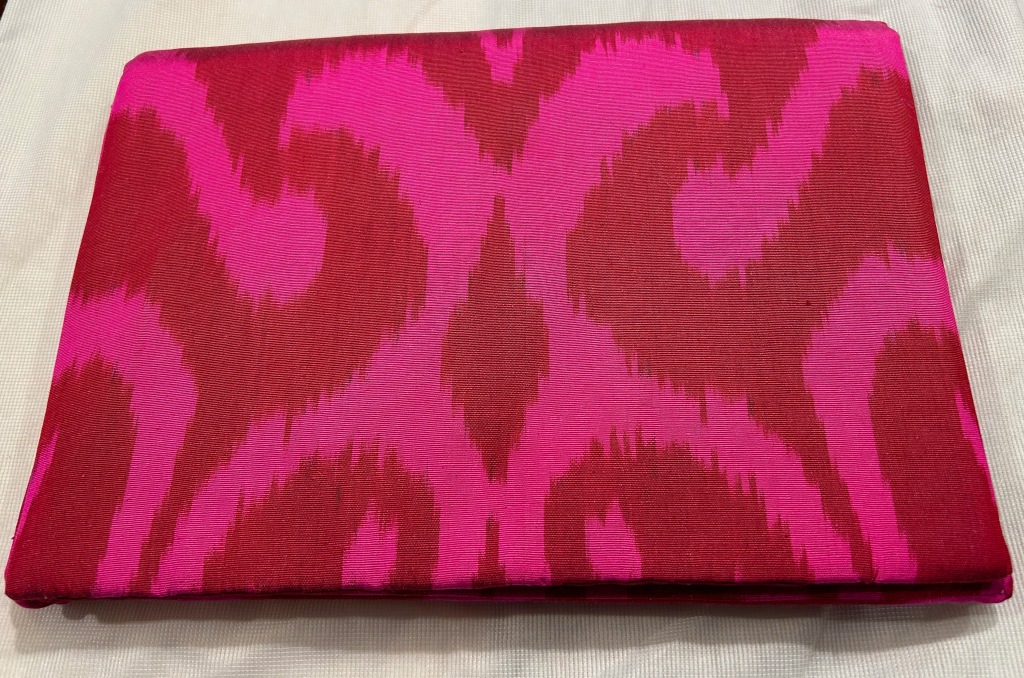




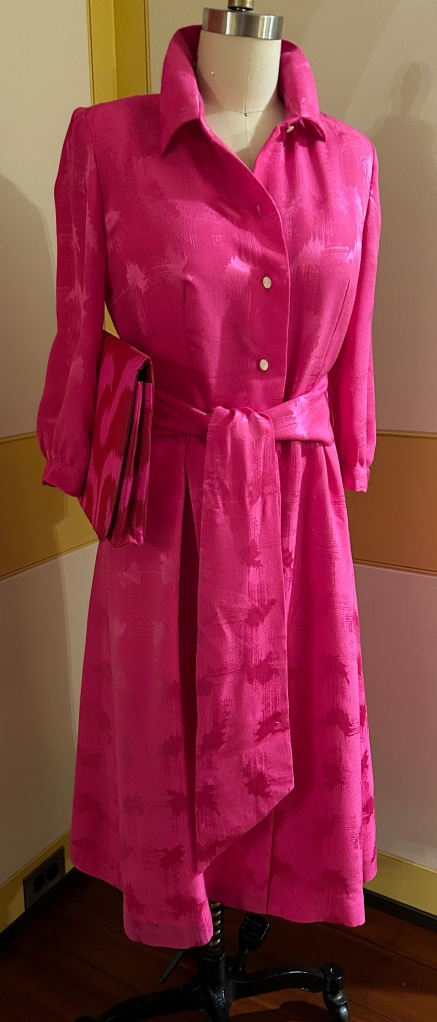


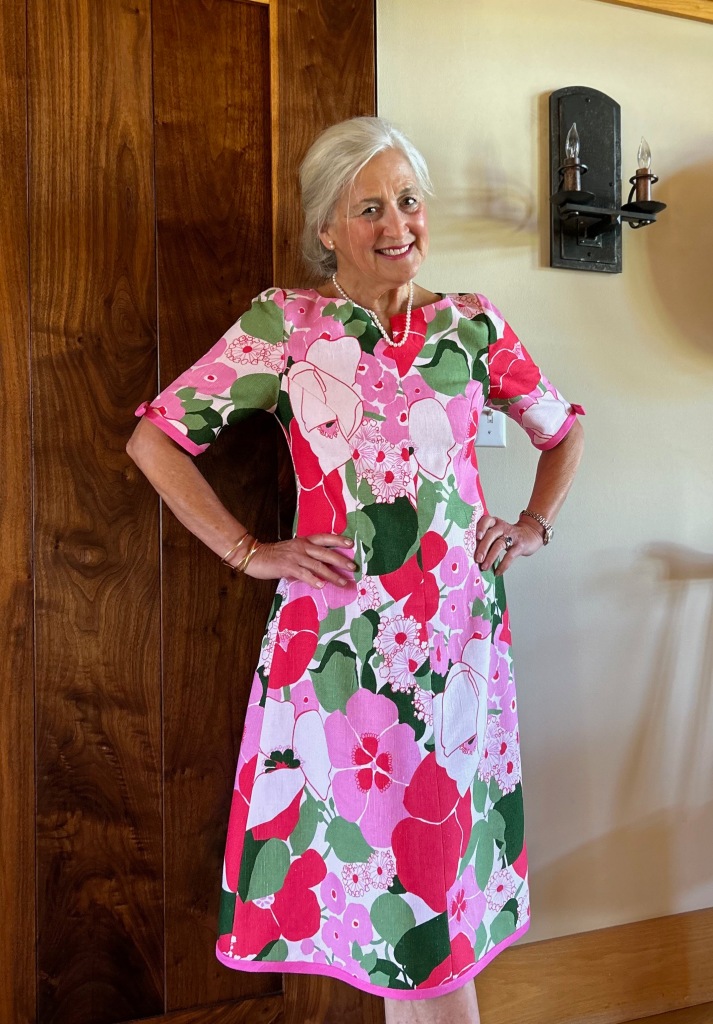
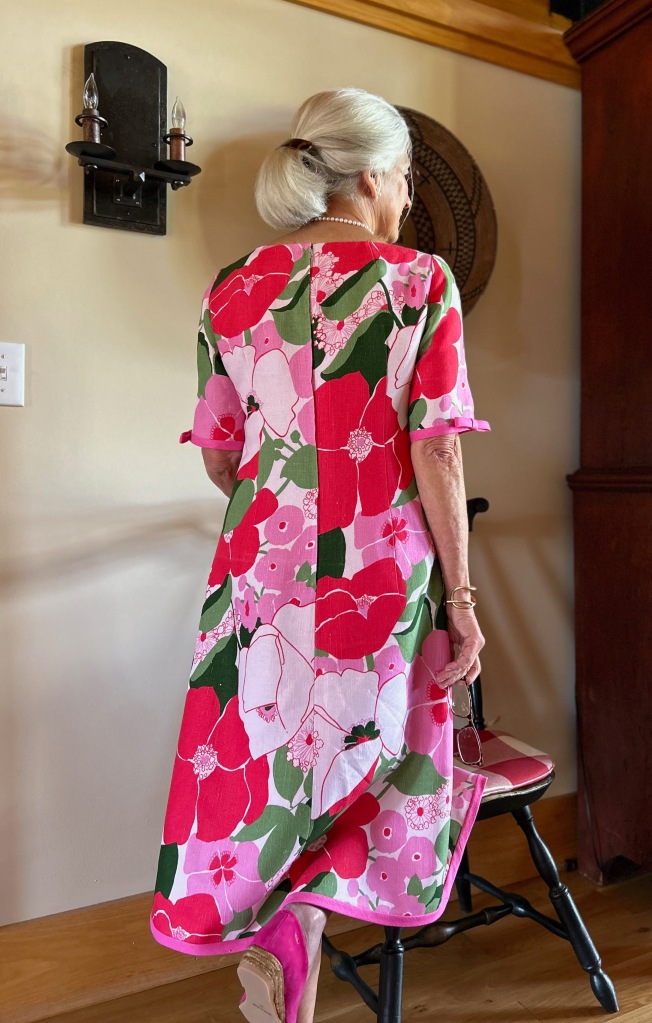
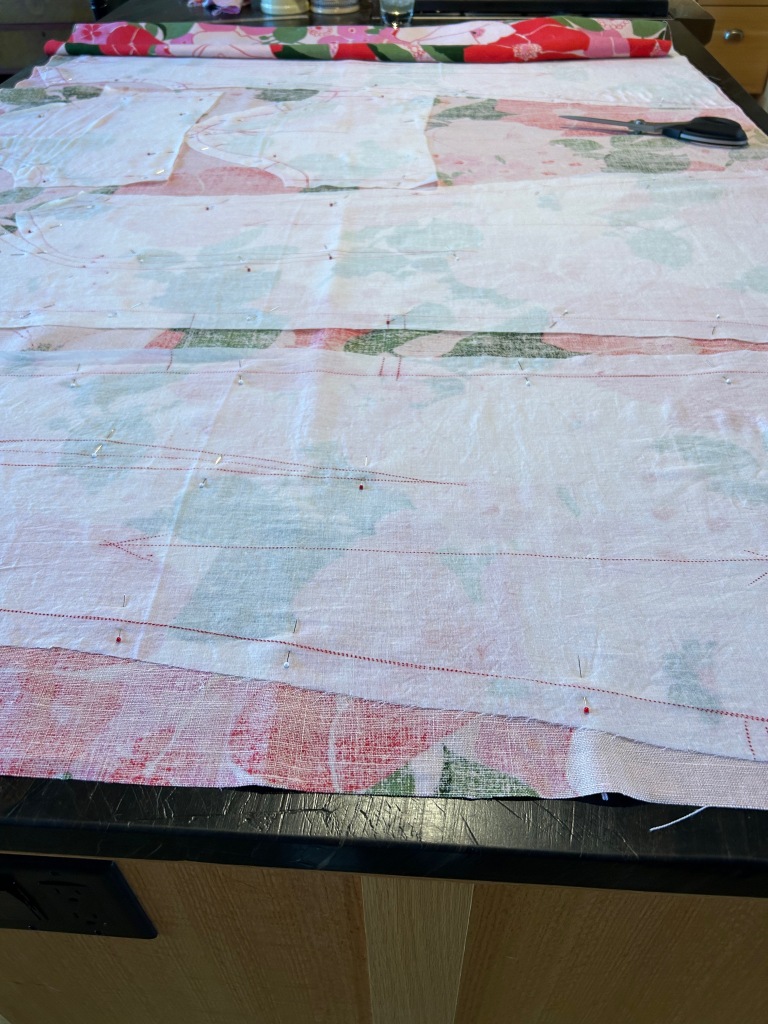



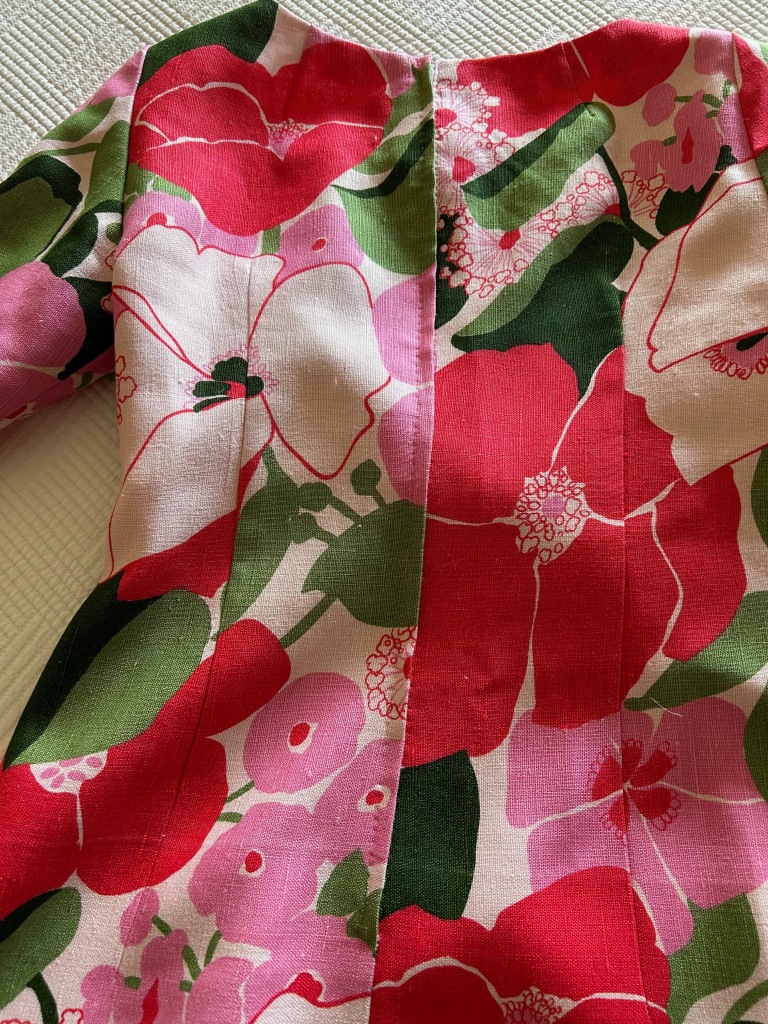



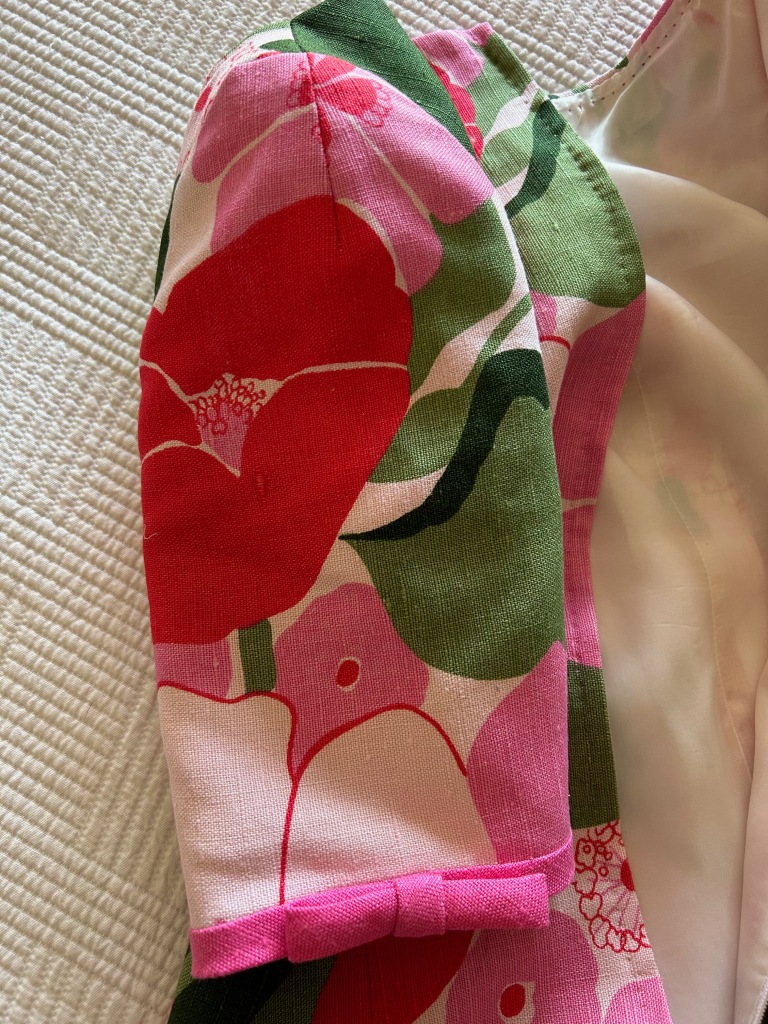


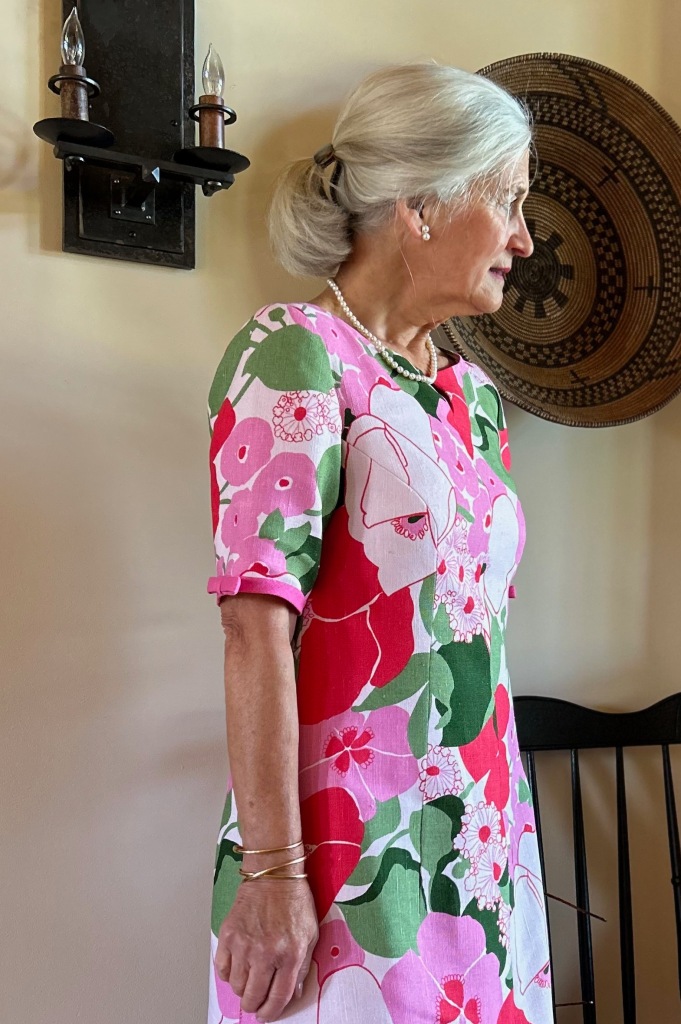







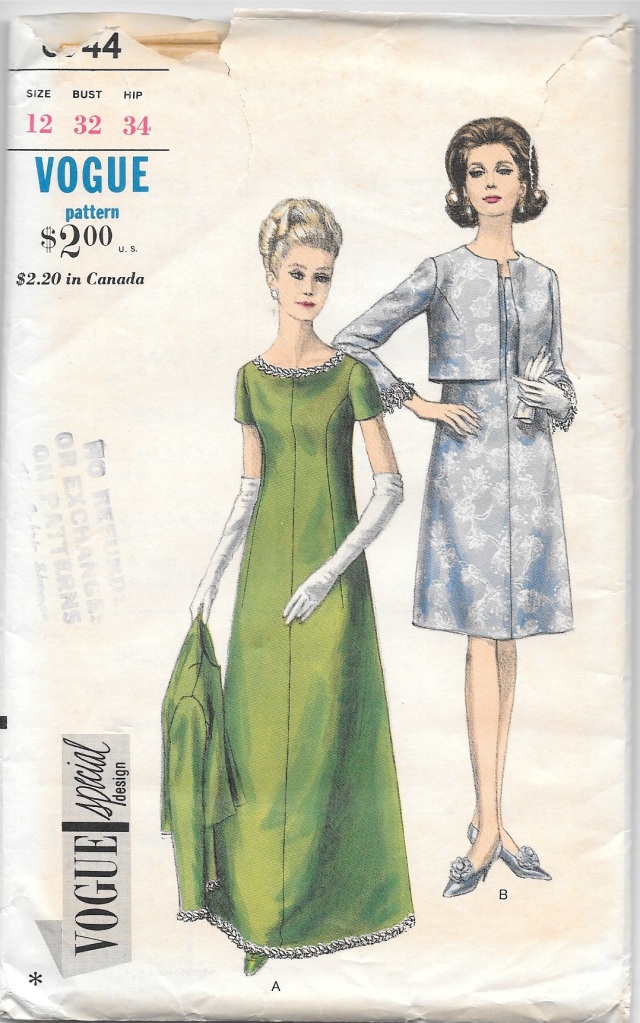
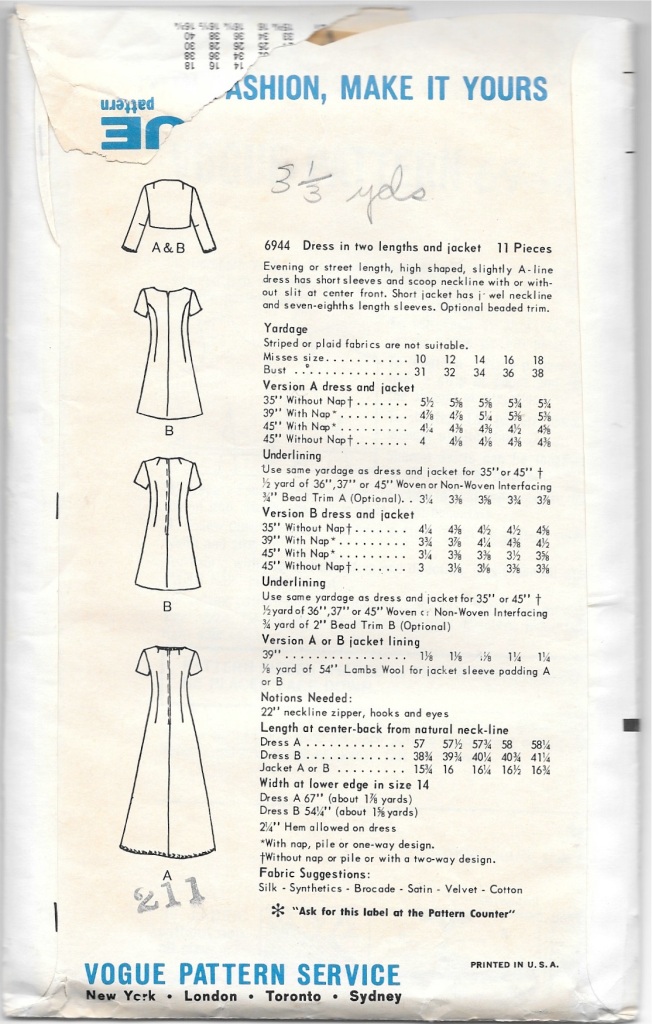


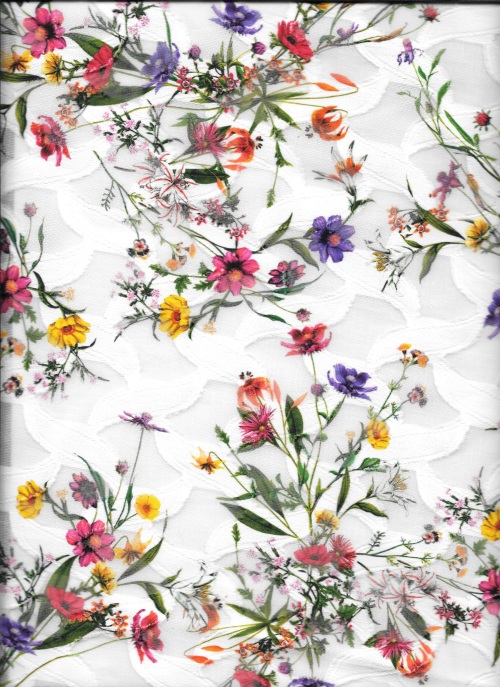
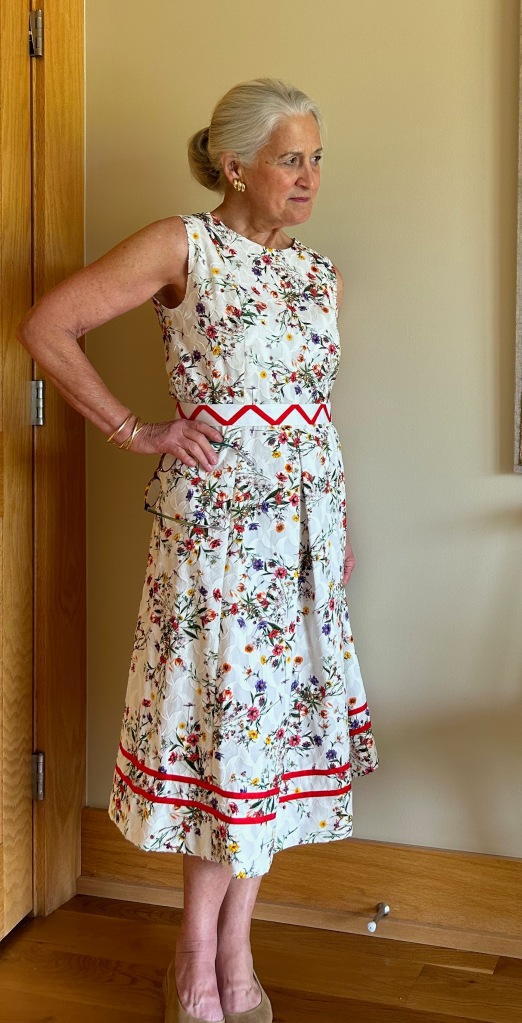



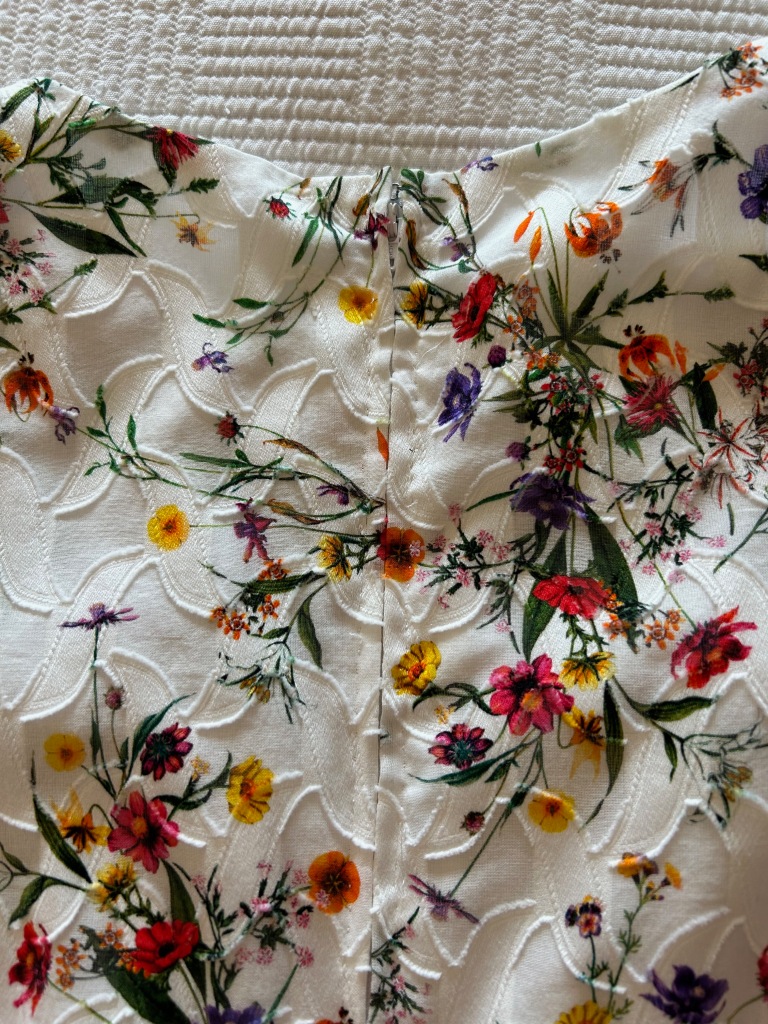





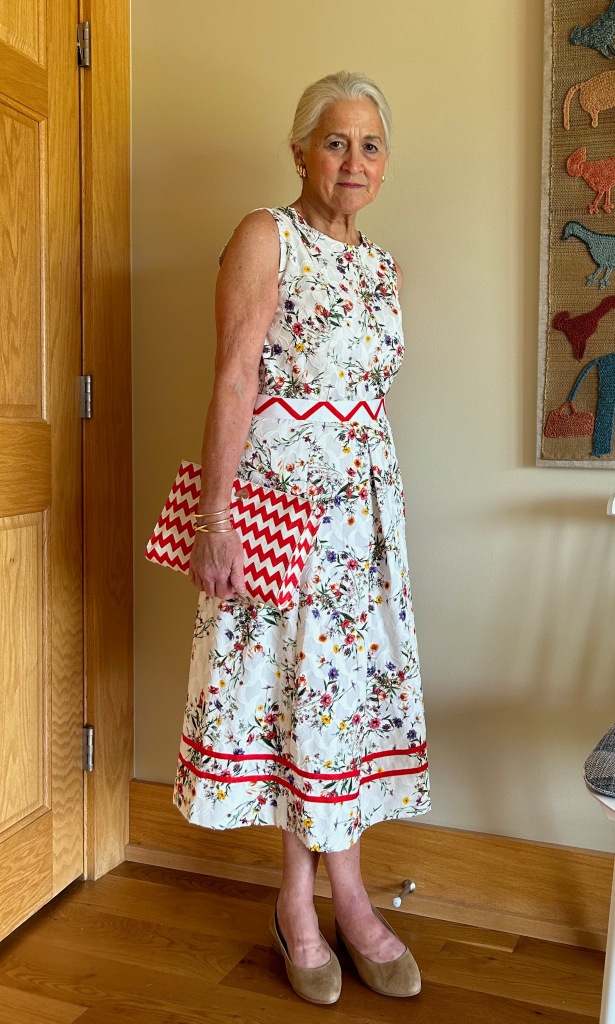
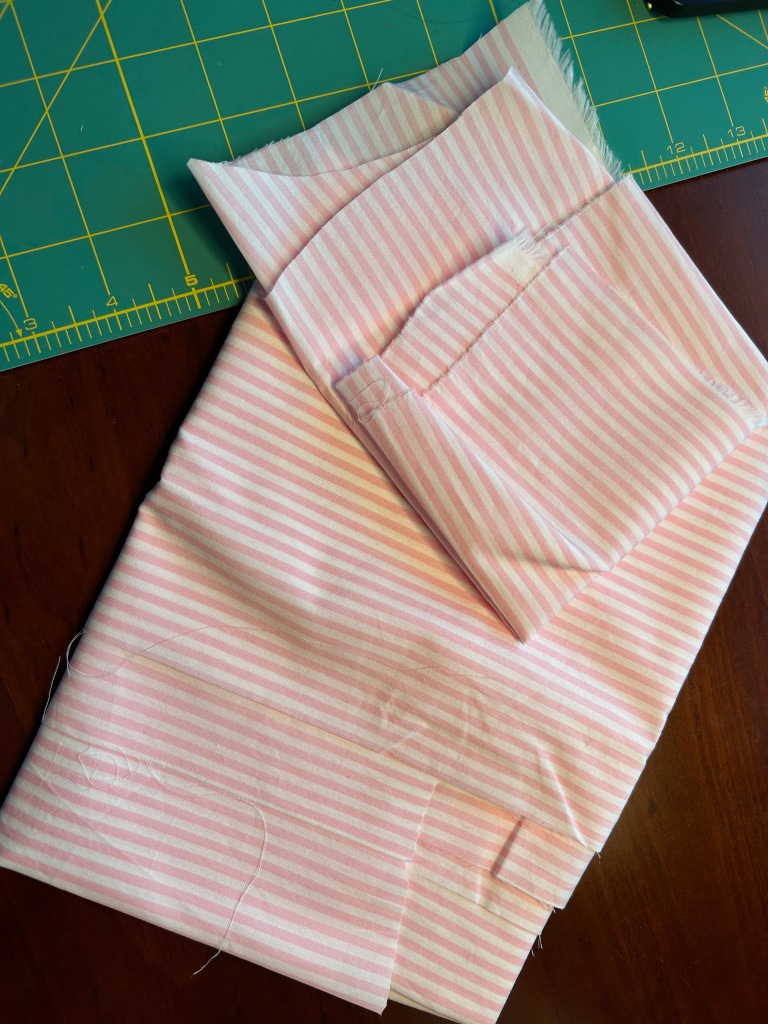







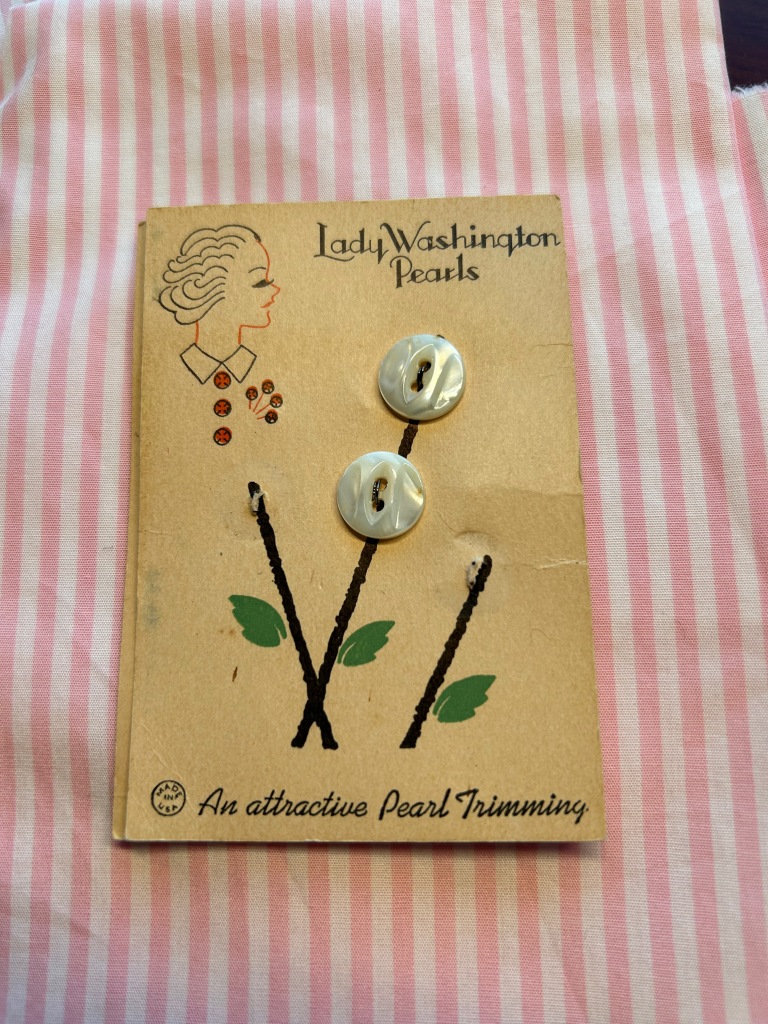

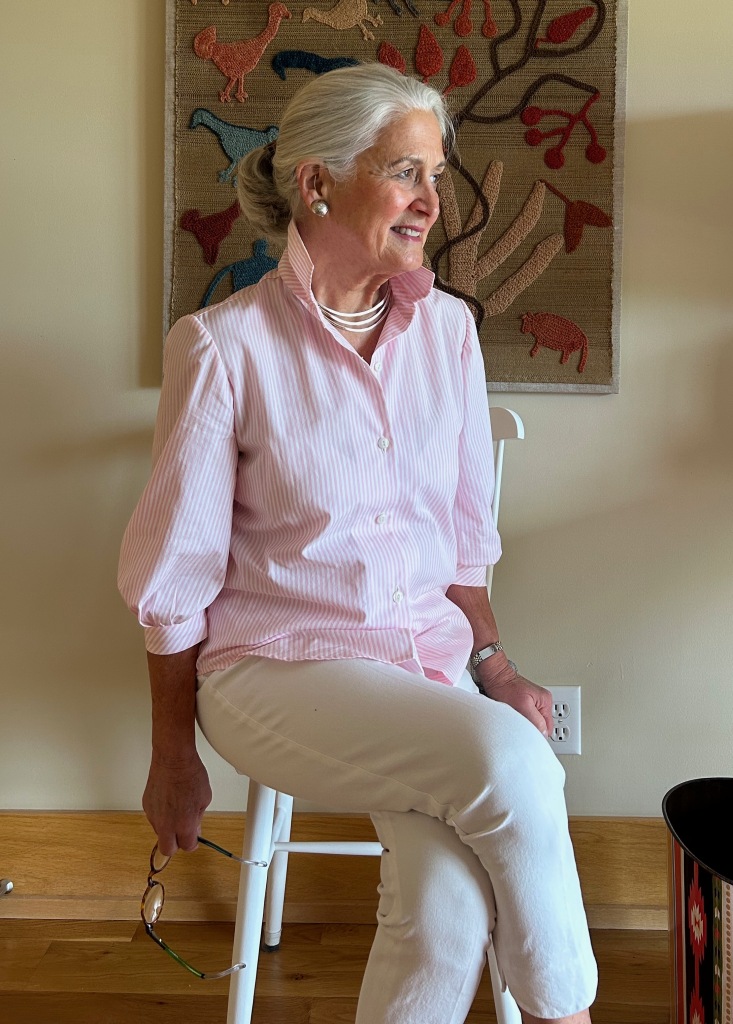




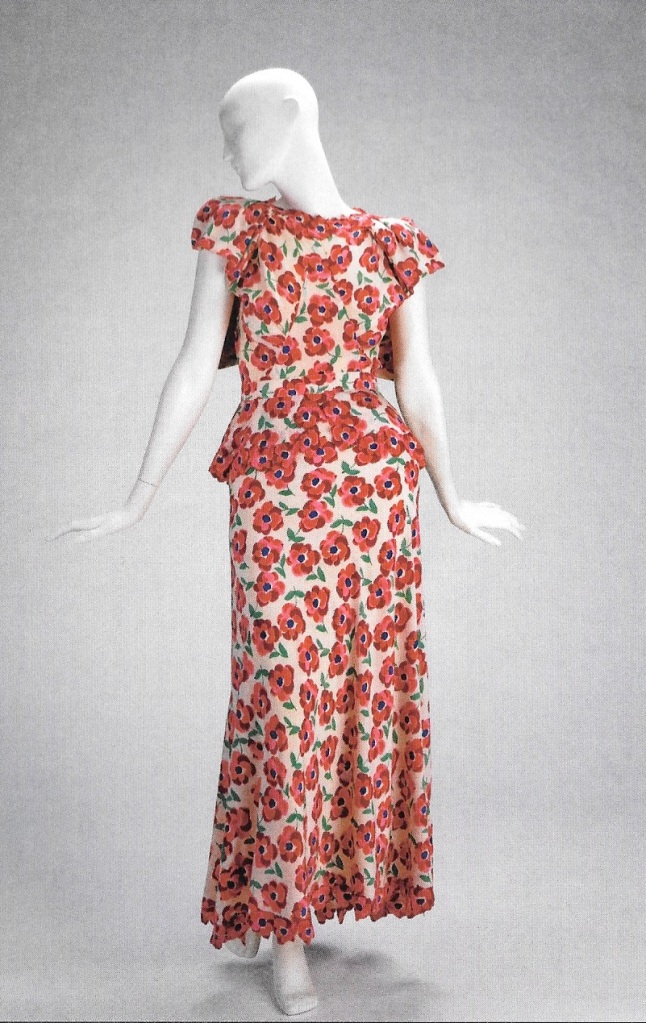
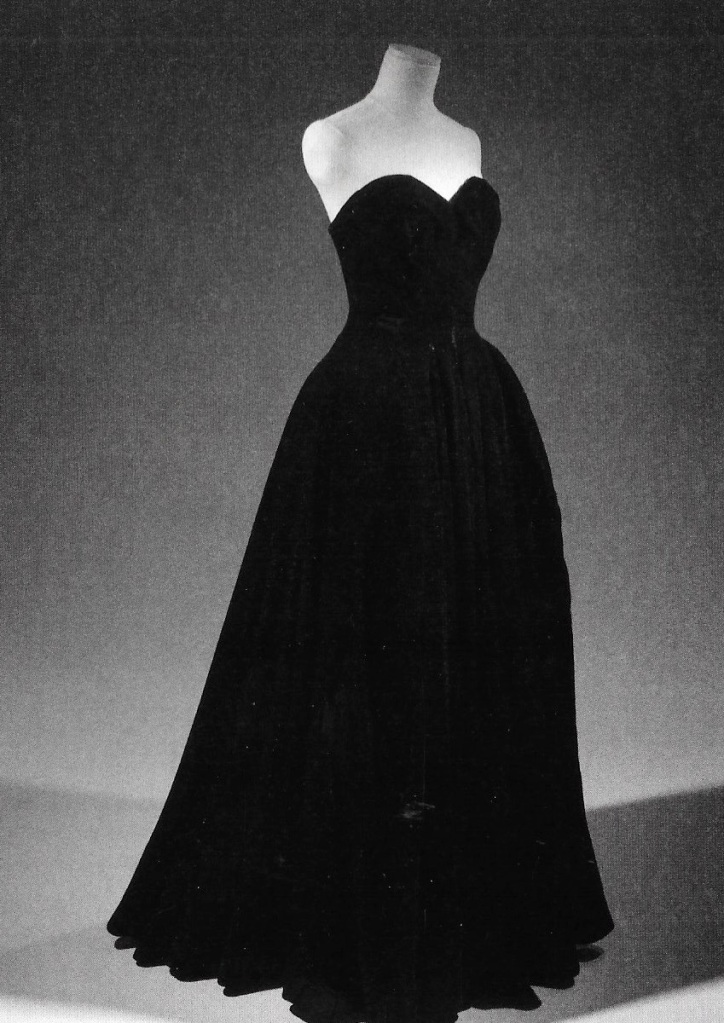
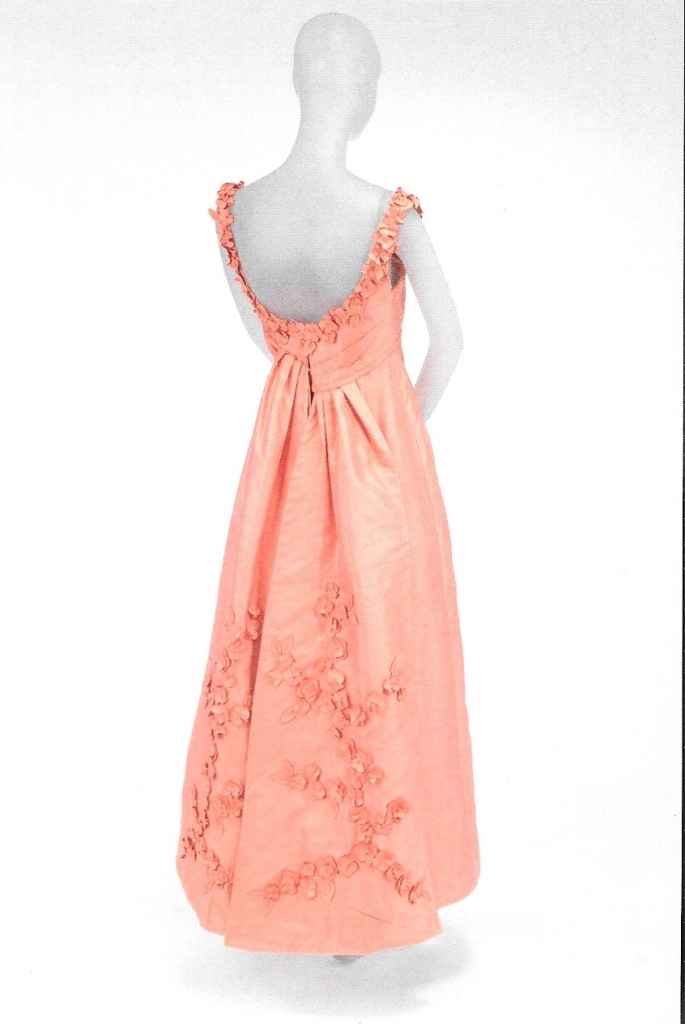

A Book Review: The Dress Diary of Mrs. Anne Sykes – Secrets from a Victorian Woman’s Wardrobe, by Kate Strasdin.
Every once in a while, I find myself having fallen under the spell of a particularly noteworthy and engaging book. Such was my fate with this remarkable story of an Englishwoman (1816 -1890) and her journal of fabric swatches, saved from her own life and collected from family, friends, and acquaintances over the course of decades, beginning in September of 1838.
With over 1200 fabric entries, the diary – or journal – gradually revealed its secrets to the author, a fashion historian, who painstakingly transcribed the often sparse notations accompanying each fabric sample, piecing together the fascinating life and times of Anne Burton Sykes. The research is meticulous, and the author, Kate Strasdin, shares her eureka moments which allowed her to expand not only Anne’s life, but those of her friends and family as well. Written in an engaging style, this non-fiction book often reads like a novel, a wonderful story of love, friendship, adventure, and vibrant personalities.
There is so much to learn here about Anne’s life in the larger context of world history and events, but it is the personal experiences and expressions which spoke so loudly to me. Yes, there are many details which, by the nature of the journal, must be extrapolated and surmised, which the author is careful to note. But the picture of Anne – and her husband Adam – which evolves is one of two very likeable people, engaged in their community, industrious and thoughtful, friendly and adventurous, and undoubtably well-dressed.
The first entries in the journal, of Anne’s wedding attire, were actually placed and annotated by Adam. He was the one to give Anne the journal on their wedding day. He refers to her as “my charming Anne.” Not beautiful, not sweet, not dear, but “charming.” That single selection of adjective spoke volumes to me about each of them.
She also must have been brave, enduring a four-month sea voyage from northern England to Singapore, where Adam’s business took them two years after their marriage. There they built a life among other English-speaking neighbors and acquaintances, in the stifling heat and humidity of the south China sea. After seven years in Singapore, they went on to Shanghai for two years (where the diary goes silent for the duration), and then back to England.
Anne’s friendships with other women throughout her life are apparent in the swatches she receives from so many in her circle. The exchange of gifts and tokens of friendship take form in dress-goods (cotton, wool, silk), ribbons, pieces of lace, and snippets of sashes. There appeared to be a remarkable camaraderie among all ages and between the sexes.
The author has done a masterful job in deciphering the life and persona of Mrs. Anne Sykes through so many diverse fabric swatches. Anne’s kindness, her circumspection, her devotion to family and friends, and her small place in history make for a wonderful, enlightening story. I am very grateful to have had the opportunity to read and savor this book.
11 Comments
Filed under Book reviews, Fashion commentary, Fashion history, Uncategorized, Vintage fabric
Tagged as Book reviews